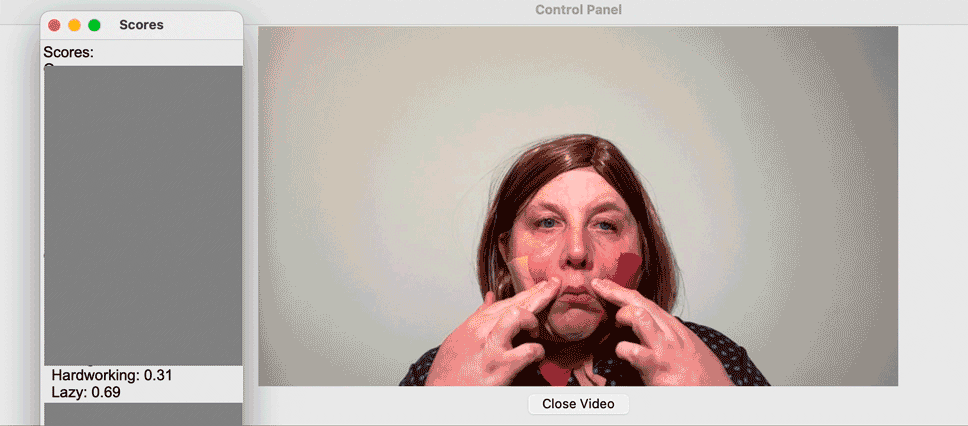
The Bully Pulpit is a visual response to cyberbullies who criticised my body and physical appearance, one that is marginalised by Western beauty standards. The images employ subversive tactics of weaponising the tools utilised by the cyberbullies to spread hate and perpetuate Western beauty standards. When Wait Watchers went viral to an audience of over 300 million followers, the online disciplinary gaze was directed at me in the form of approximately four thousand five hundred emails, thousands of social media comments and blogs that criticised my body and overall appearance.
The online comments and other cyber delivered messages are the new form of Michel Foucault’s disciplinary gaze that aims to punish those who do not fit within its beauty standards. Unlike the public gaze that is temporal and ephemeral, the online comment exists for public view, sharing and commenting in perpetuity.
Once the project was in the public domain, the bullying messages and websites can be divided into three categories: declarations of my overall unattractiveness, condemnations of my body weight or assumptions about my ableness based on the size of my body. The messages were typically short, poorly written and contained words that were extremely abusive and reprimanding. The emails and social media comments were generally the same length, and the author of the email was generally anonymous while the social media comment connected to the online profile of its author.
There is significant research published on the analysis of social media as a panopticon site for a gaze that is used to surveil people’s opinions and locations. However, I identify a gap in the literature equating criticising content of bullying emails, derogatory social media comments and blog content as a form of the disciplinary gaze on bodies.
For each image in The Bully Pulpit series, I recreated the likeness of the bully by wearing the wig and clothing that matched their profile photograph. In instances when the bully was wearing an item of clothing with a specific graphic, I procured the identical item to wear in their photograph. As an example, for “Speedo Man”, I located the speedo the bully was wearing in his profile photograph and acquired it for the image. The images in The Bully Pulpit series align with Philip Auslander’s definition of a theatrical performance document as the performances were constructed to be photographed.
I embodied humour by utilising absurdly unrealistic prosthetics with exaggerated features and poor props in each image. My goal was to create a likeness that was very close to the bullies’ profile but not an exact facsimile of their features. If I had created a facsimile of the bullies’ profile photograph, the viewers’ attention would be spent identifying the bullies. This would have taken away from my goal of reversing the weaponisation of humour as a form of social control by making the bullies the subject of the joke.
Performative methodologies are essential to The Bully Pulpit series. In order to create a convincing representation of the bullies, I channelled the bullies through my performance. Each bully’s performance was created from my study of their mannerisms and body language portrayed in their public profile. My channelling and performances of the bully’s idiosyncrasies give authenticity to my “becoming” them for the photograph thus highlighting the humorous elements of the photograph.


















